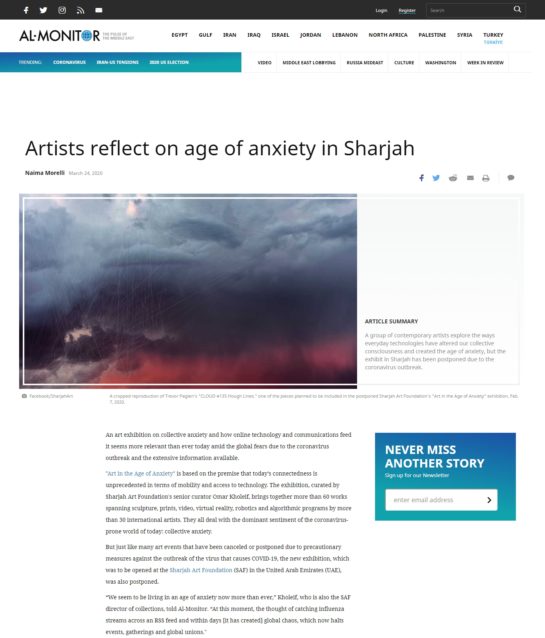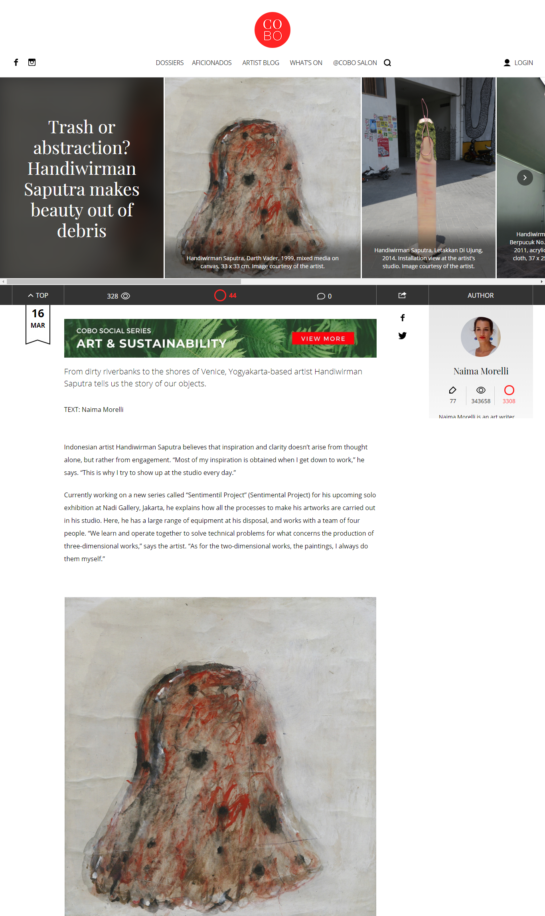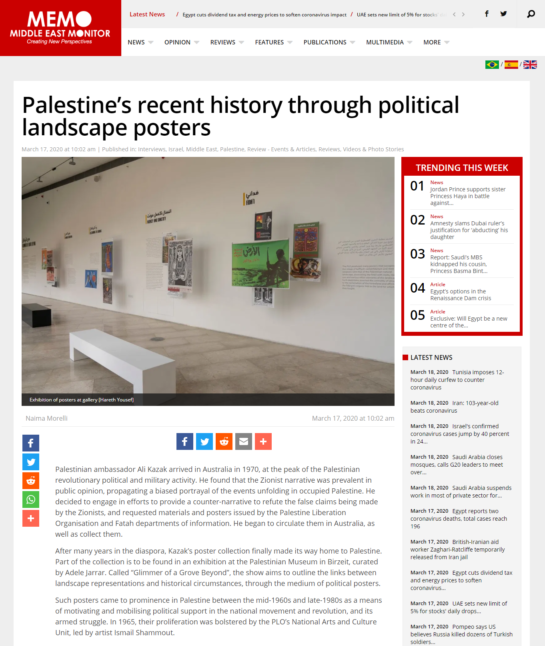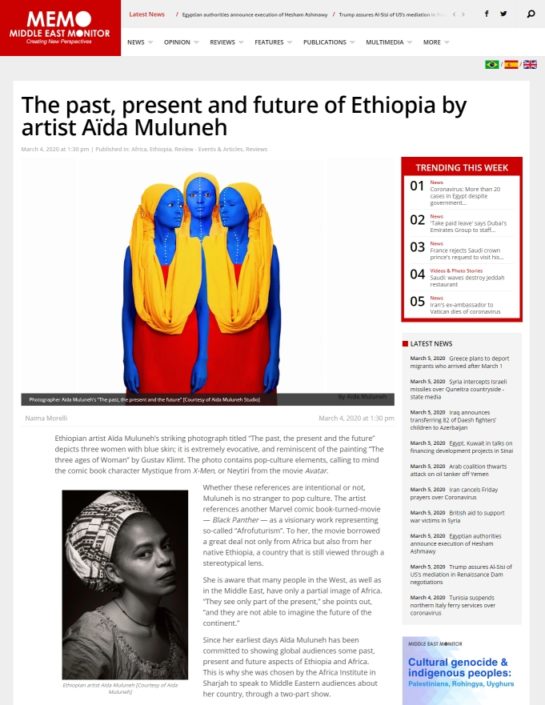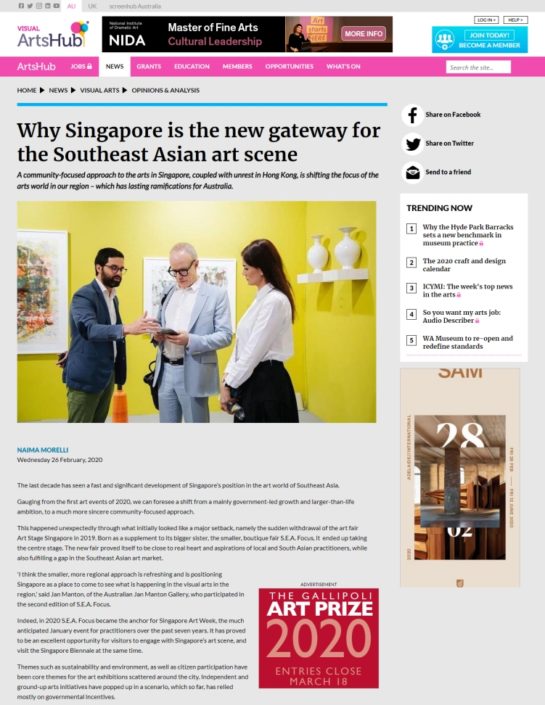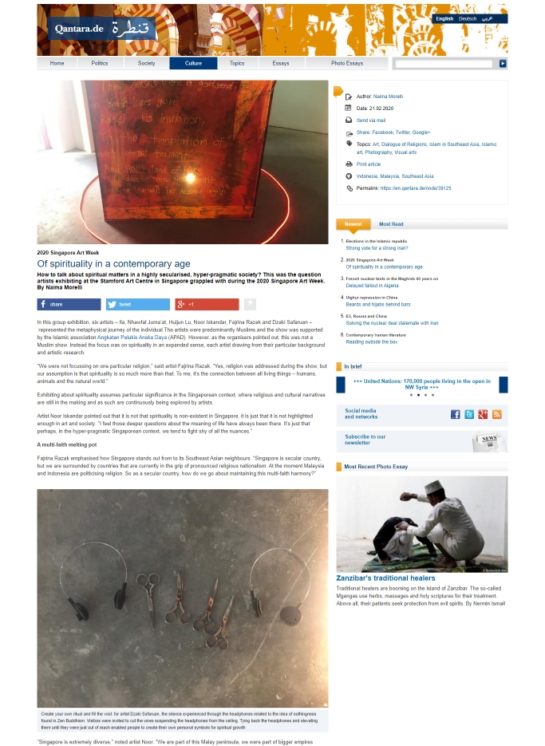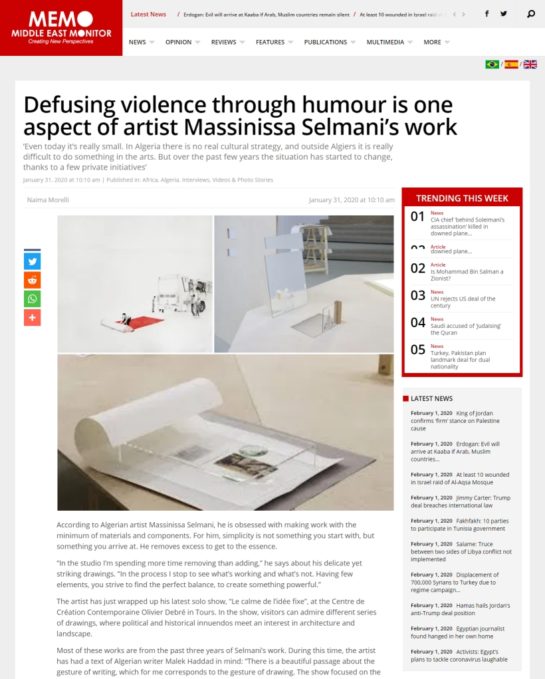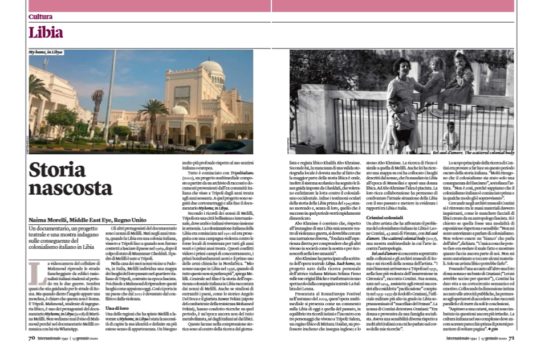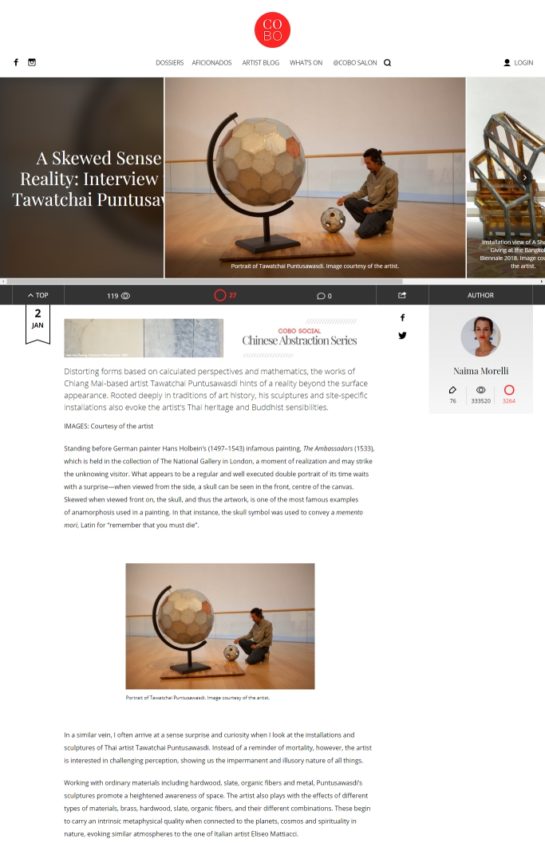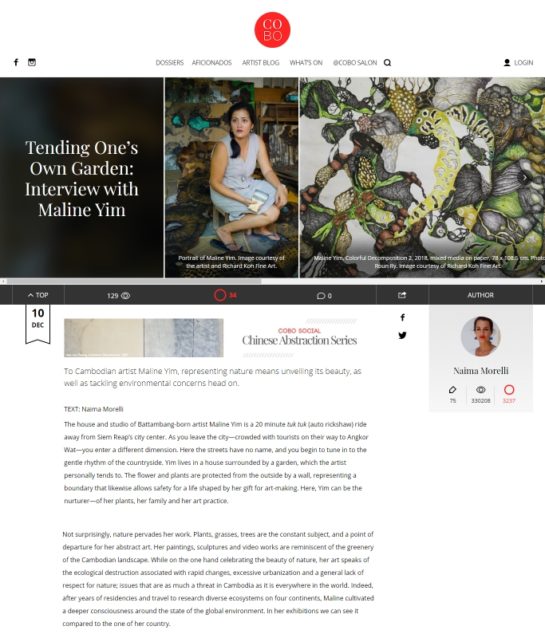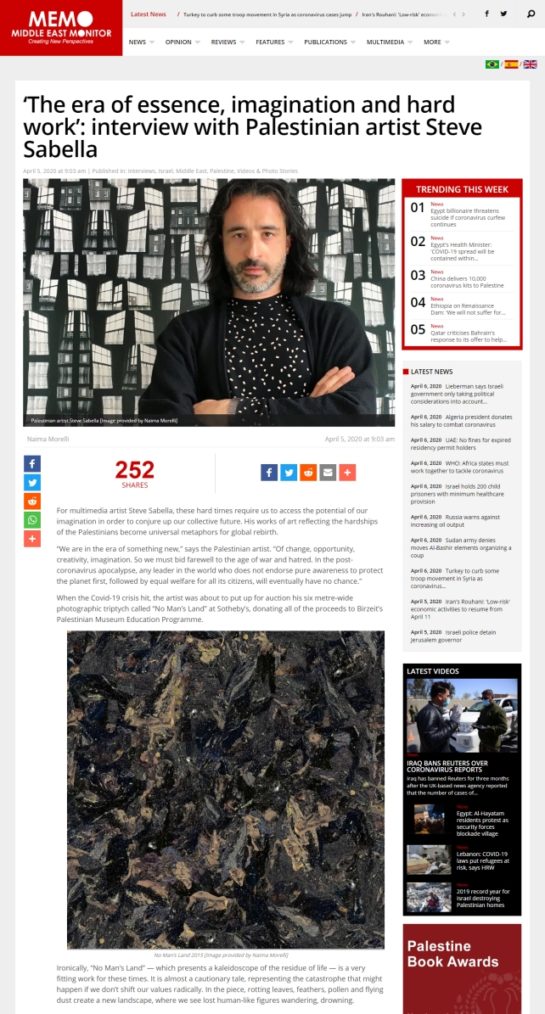
For multimedia artist Steve Sabella, these hard times require us to access the potential of our imagination in order to conjure up our collective future. His works of art reflecting the hardships of the Palestinians become universal metaphors for global rebirth.
My interview with Berlin-based Palestinian artist Steve Sabella has just been published on Middle East Monitor.
Here is the link to the interview
Read More